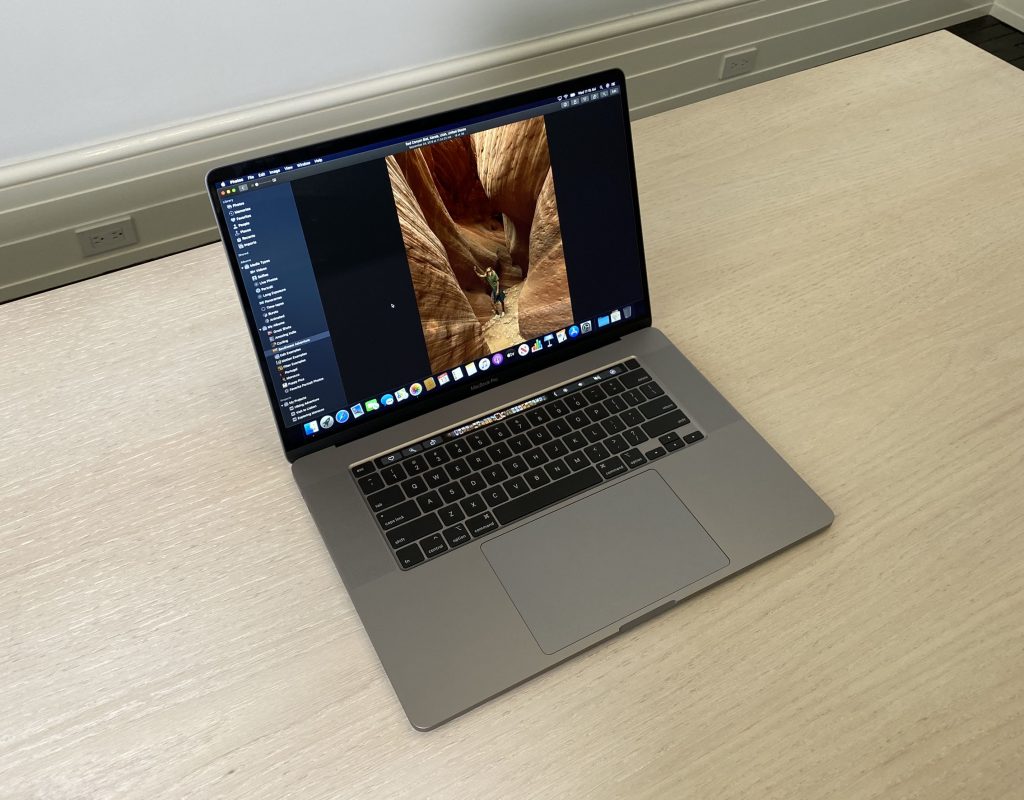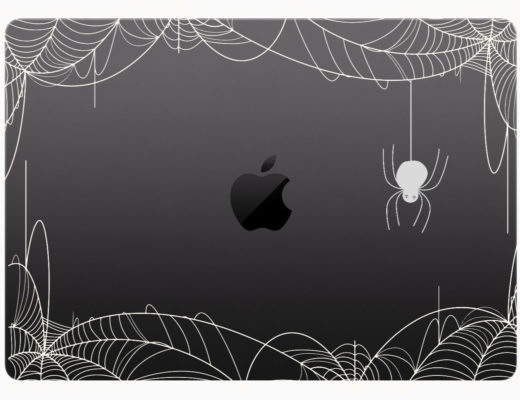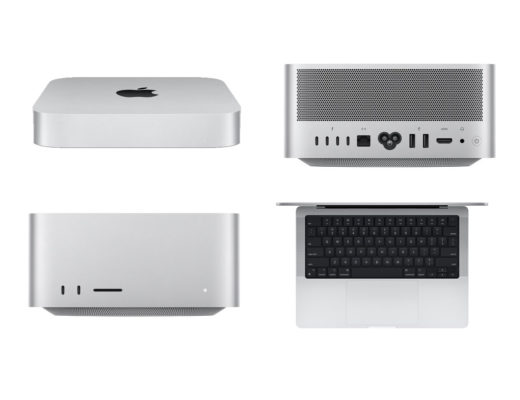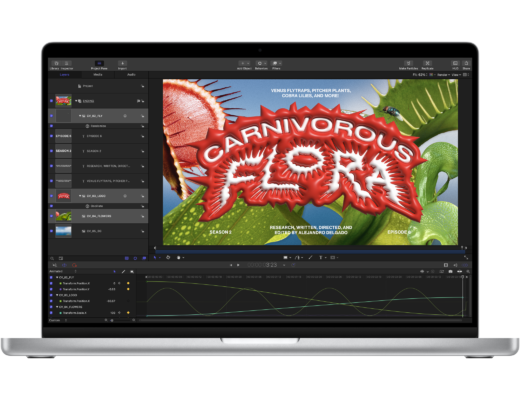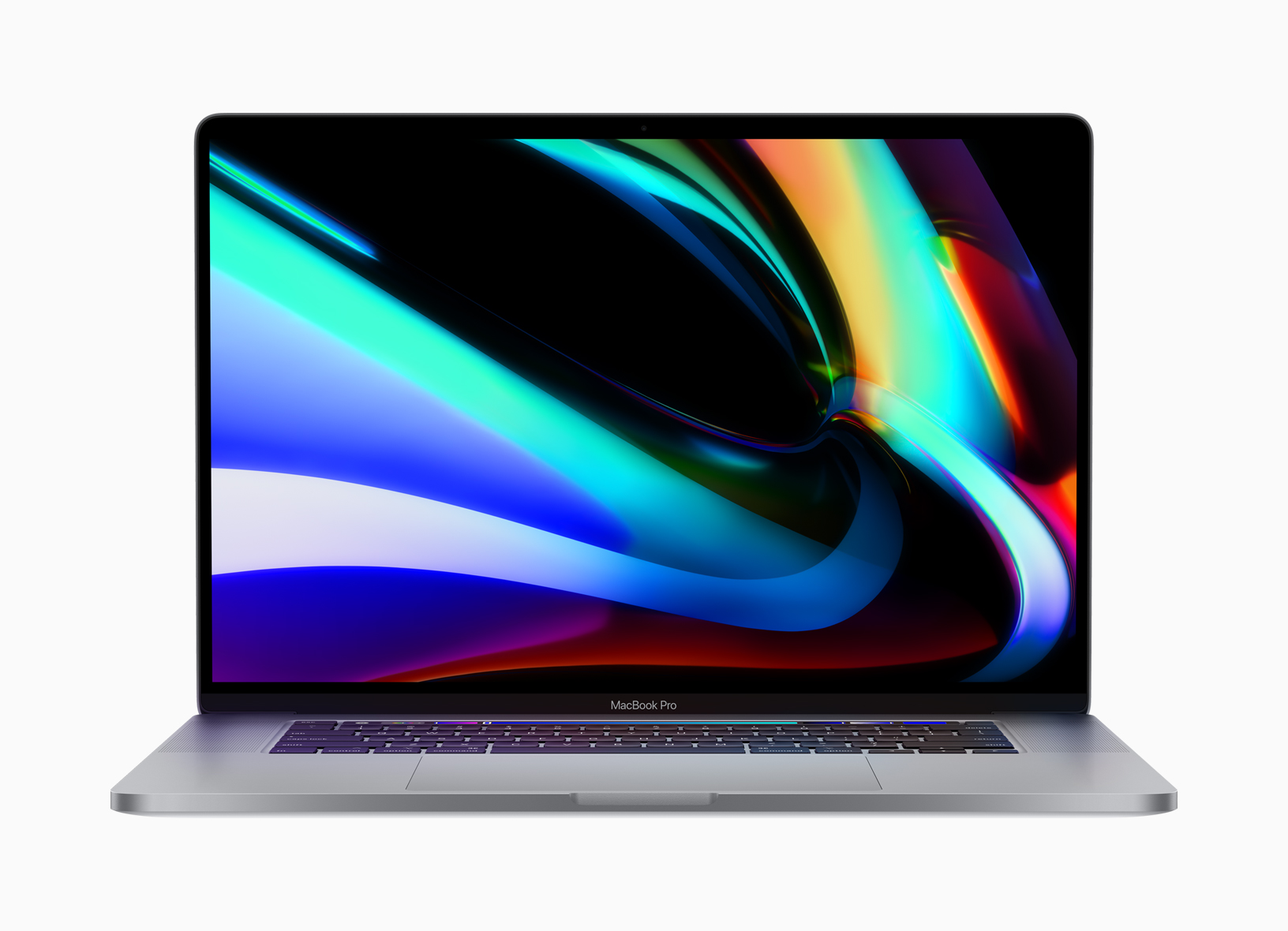
So, Apple reached out and wanted someone to attend a PR event in the Tribeca neighborhood of New York and I agreed to wing my way to the Big Apple on a blisteringly cold day. As I was waiting with other invited members in an upscale presentation space, the details of what we were going to be previewing were released on the internet. Apple announced that the New Mac Pro and XDR display would be shipping in December and that the latest laptop, the 16” MacBook Pro would ship next week.
This became the very first Apple PR meeting I have ever attended that did not include signing an NDA, and we were prohibited from taking photos except for the dedicated room showing only the New MacBook Pro sadly all by itself on a table. At every point in the roving “pub crawl” style presentation, between the demonstration areas showing New Mac Pro’s with XDR displays aligned alongside the New MacBookPro’s, reinforcing unified working conditions to highlight both mobile and workstation level usage.
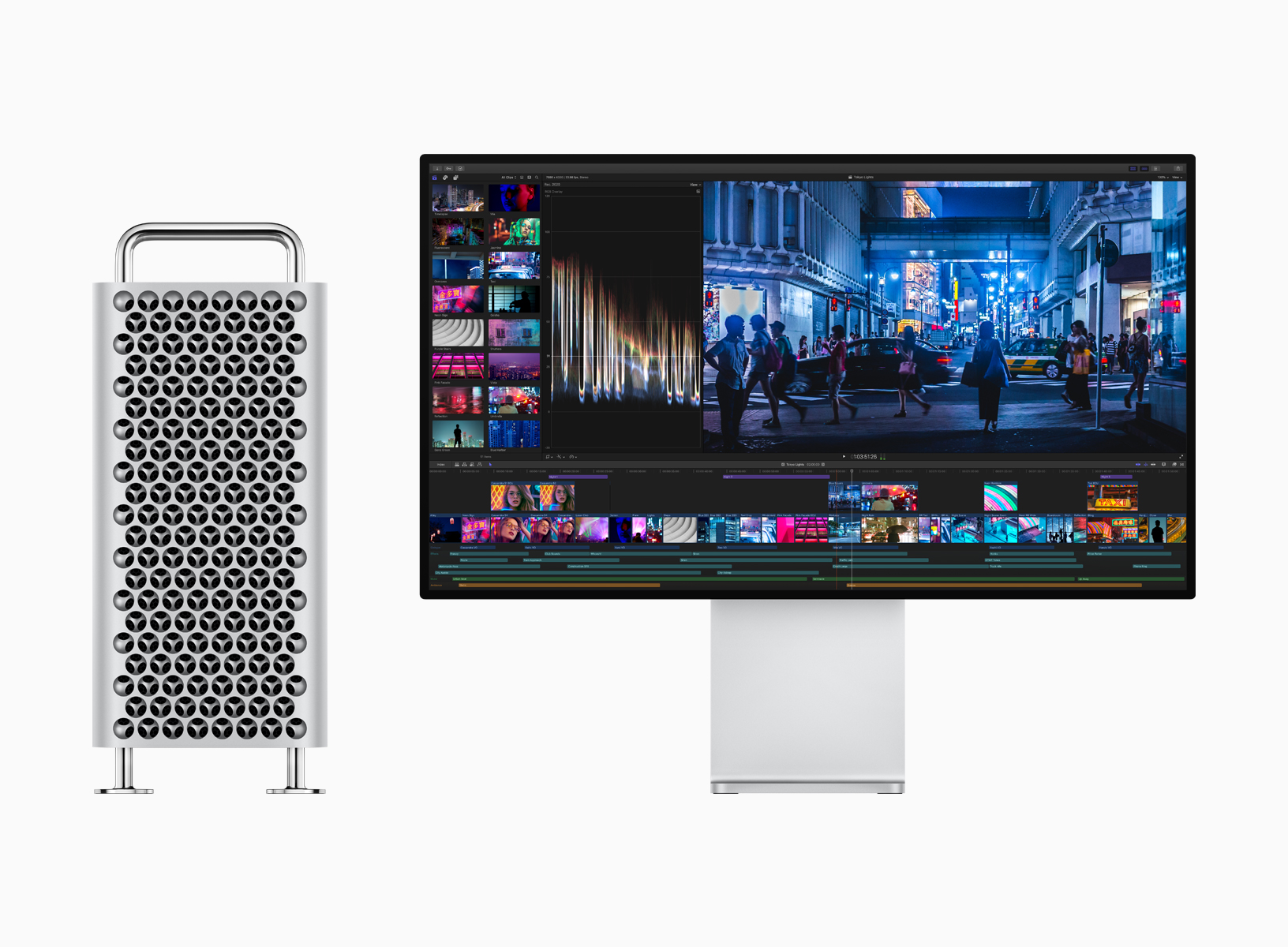
First, let’s discuss the New Mac Pro and Apple XDR display. I have to say they are as gorgeously designed and manufactured as most Apple products are. Stylish inside and out, the MacPro’s sleek all-black interior, hides the chips and layout of the logic board, with little more than the various connectors sticking out of the matte darkness, a design issue that will haunt anyone that reconfigures that machine under a desk or in a dark IT closet. The internal expansion modules are built solidly, so much so that a fully configured desktop is more than 2x the weight of the empty chassis. The individual modules use that weight to assist with passive cooling for the GPU’s and internal storage. It appears to me that users might need custom “sleds” for proper installation of additional GPU’s or storage. The units are impressively quiet even fully configured with the heat of multiple GPU’s running 8K as ProRes 4444, across multiple XDR displays in realtime. Lastly, while I thought wheels on a CPU was not a good thing, after playing with one of the MacPro’s on wheels, I realized that config would make the installation process a great deal smoother, an idea that some Mac System Admin must have been behind.
The XDR display is pretty impressive. I currently have a 1000nit HDR monitor on my desk and the Apple display brings back many of the things I appreciate. The bezel of the display is slim and low profile, allowing for a clean but not quite seamless alignment of 2 or more XDR displays. Apple promoted the use of the XDR display as a replacement for the $30,000 dedicated HDR monitoring solutions, however with only Intel’s Thunderbolt 3 (USBc) for I/O, making that leap is pretty limited for anything other than post-production, since there are not any SDI or HDMI to USBc converters available on the market at this time, though I am sure some company is working on it as I type.
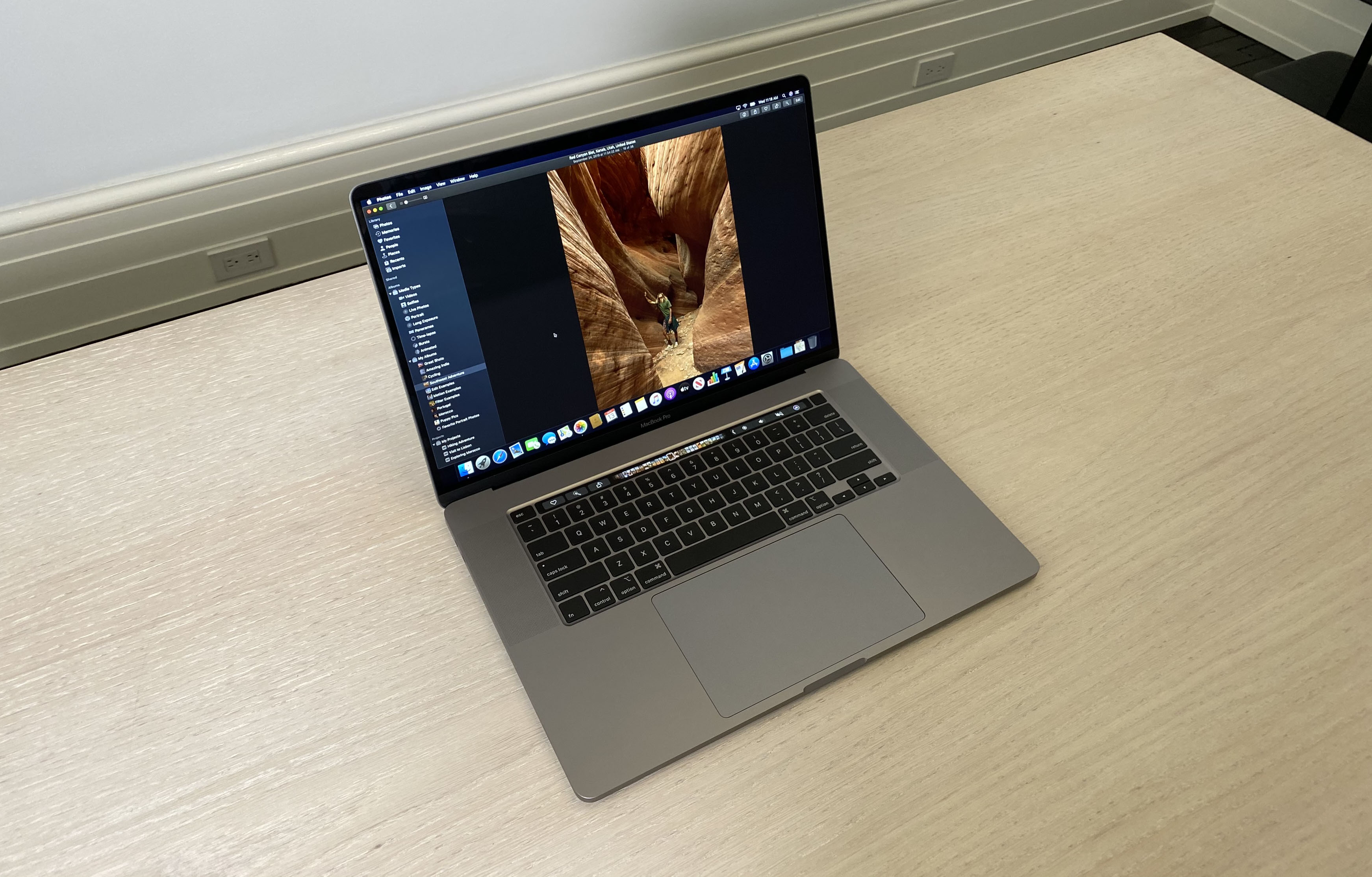 But I had come to NYC to hear about the New MacBook Pro. Being a power user, my laptop needs to perform quite often as both a desktop and a mobile workstation. My existing 15” MBP, with 4 Thunderbolt 3 ports, 16GB RAM and a 1TB SSD functions as my main machine most days. I like it for the performance and the weight. Apple’s latest offering, reaffirms that they take mobile computing very seriously, especially if you work in audio.
But I had come to NYC to hear about the New MacBook Pro. Being a power user, my laptop needs to perform quite often as both a desktop and a mobile workstation. My existing 15” MBP, with 4 Thunderbolt 3 ports, 16GB RAM and a 1TB SSD functions as my main machine most days. I like it for the performance and the weight. Apple’s latest offering, reaffirms that they take mobile computing very seriously, especially if you work in audio.
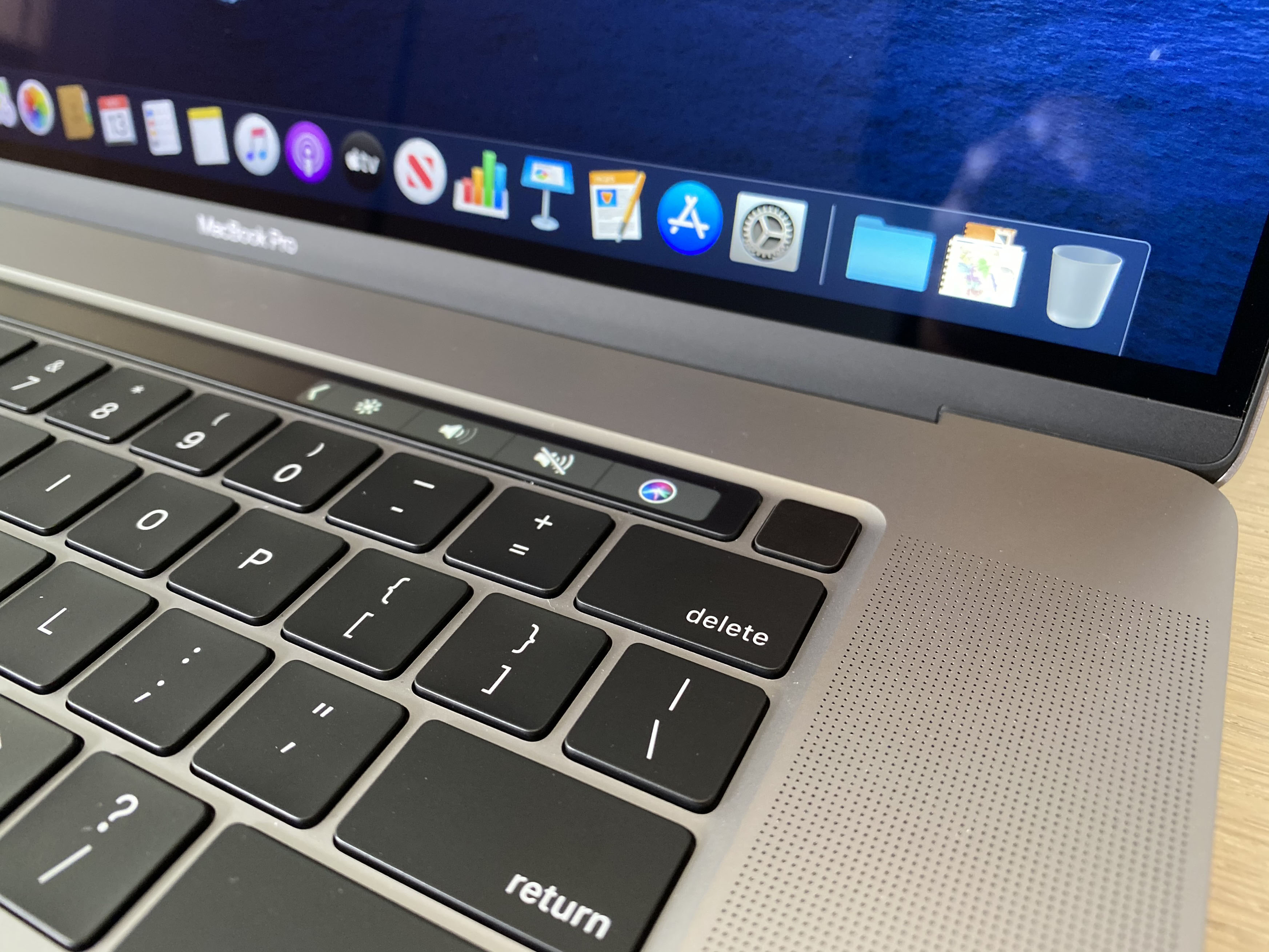
The New 16” MacBook Pro is clearly a move to the front of the line, roughly the same size and weight of my 18-month-old laptop and has the same 4 Thunderbolt 3 ports (with a single buss on either side of the machine). That’s where the similarity ends, since the slightly larger 3072×1920 display has a smaller bezel, allowing for a slightly larger screen size in the same relative space. Even with the same 500nit’s of brightness in P3’s wide color as the previous version, it paired well in brightness and contrast with the multiple Apple XDR screens positioned around them. This new 16” MacBook Pro is less than 5% larger and under 10% heavier than the current models while also adding 20% more capability to the battery.
Powered by either a 2.6GHz 6-core i7 or 2.3GHz 8-core i9 Intel Chipset, there is a completely redesigned thermal cooling system that includes a 35% larger heat sink and quieter fans. Users can rejoice with options that now allow 32GB and 64GB RAM options that Apple claimed can accelerate Photoshop rendering by a factor of 4, while the onboard AMD RadeonPro 5500M GPU is offered in both 4GB and 8GB VRAM options. The base configurations now have 16GB RAM, a 512GB SSD and start at $2399.00 while the full maxed out configuration with 64GB of RAM and a whopping 8TB’s of SSD storage is just $6,099.00
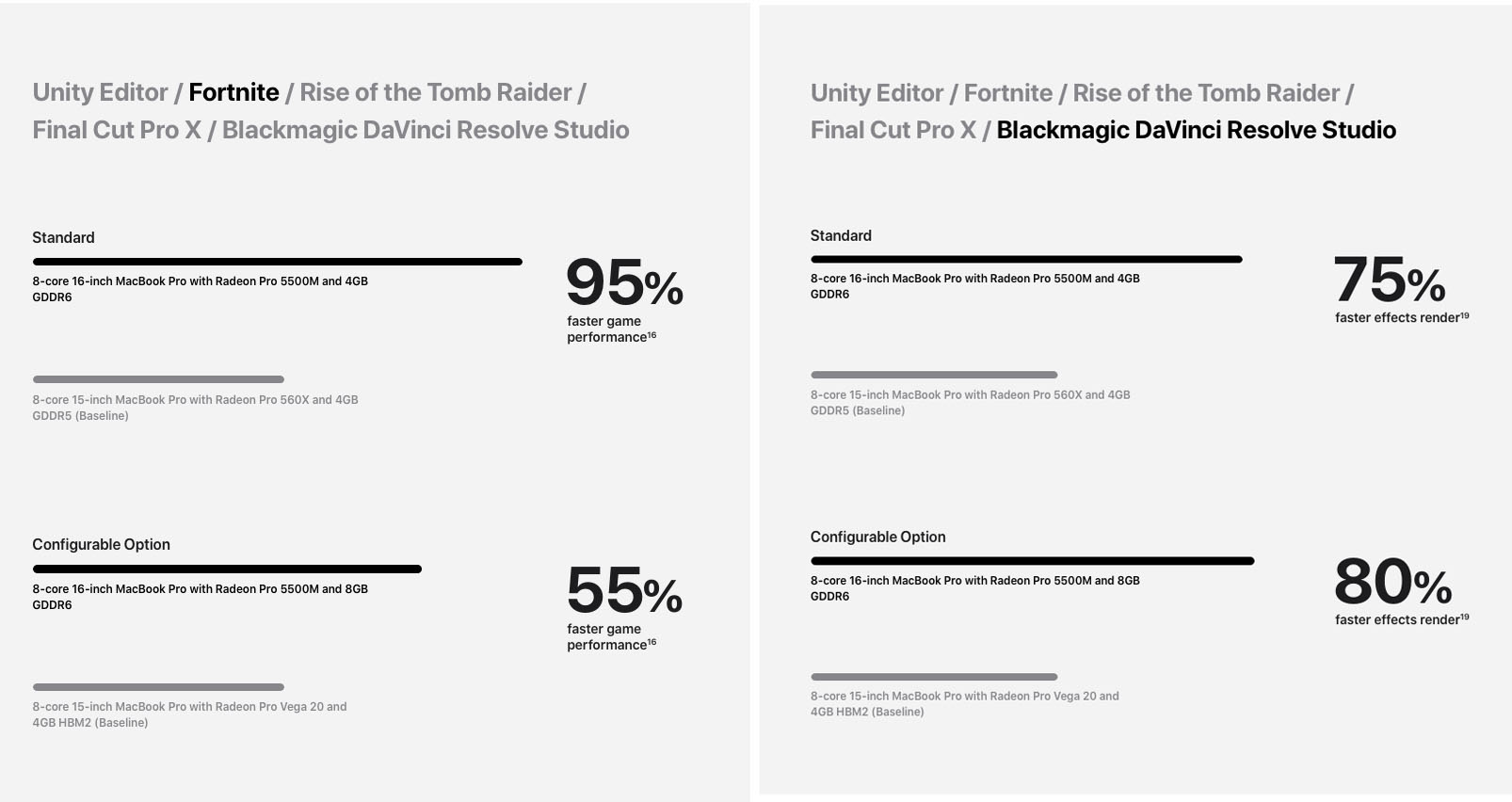 Too bad that Apple chose to highlight the power of the updated AMD GPUs capability by comparing DaVinci Resolve render speeds to that of Fortnite and the Unity developer platform, not really suitable analytics for comparison to the Media and Entertainment users this laptop is geared towards. Yet it is certainly indicative of the growing markets around mobile gaming and app development, mentioned as Apple’s largest base of power users.
Too bad that Apple chose to highlight the power of the updated AMD GPUs capability by comparing DaVinci Resolve render speeds to that of Fortnite and the Unity developer platform, not really suitable analytics for comparison to the Media and Entertainment users this laptop is geared towards. Yet it is certainly indicative of the growing markets around mobile gaming and app development, mentioned as Apple’s largest base of power users.
The real allure of this MacBook is in the audio. Apple has taken ideas and experience from their mobile efforts to create a higher quality audio experience than I have ever personally heard in mobile computing. Starting with the 6 speaker sound system, it is the first Apple laptop that could produce truer stereo output than I have heard before. Most impressive to these ears were the Dual force-canceling woofers that dramatically increase bass and mid-tone levels without the annoying, vibration-induced noise heard when overdriving your laptop’s speakers. Also, know as force balancing, the woofers are paired “back to back” in such a way as to cancel the vibrational forces they create.
Apple has also added what they call the “studio-quality three mic array” on the left side, incorporating some the iPhone’s advanced noise-canceling that does not simply crush the offending frequencies, but samples the ambient signal to noise ratios, applying inverse noise cancellation, thereby improving acquisition by retaining both vocal and instrumental harmonics without adding compression or frequency shift to the recording. I was actually surprised about the audio demo, a rare Apple moment showing both the previous-gen MacBook and a brand new Dell Precision laptop to exemplify how much better the audio recorded and played back with the updated audio hardware is, as compared to a PC competitor.
The 16” MacBook Pro looks to be a powerhouse alongside the New MacPro. The performance and configurations play directly into the needs of Editors, Compositors, Photographers and Cinematographers without ignoring the needs of musicians, composers and artists. My one concern is with the power; this new device appears to need all the power it can get, requiring Apple to increase both the capacity of the battery and the power supply to power it, as it now wants 94w of power, nearly the 100w maximum allowable over the USBc / Thunderbolt 3 connection.
The problem for me, as someone that powers my laptop from the TB3 connection to my monitor, is that I do not know of any Thunderbolt 3 or USBc peripheral device that delivers that 90w+ of power downstream other than Apple’s XDR display. The question would be on whether the TB3 ports, which generate a large amount of heat when used under heavy data and/or display loads, might reach their thermal limits. Will they be able to supply that much power to the system via the same port or will I need to sacrifice one of the MacBook Pro’s TB ports just to keep the unit powered while working onset.
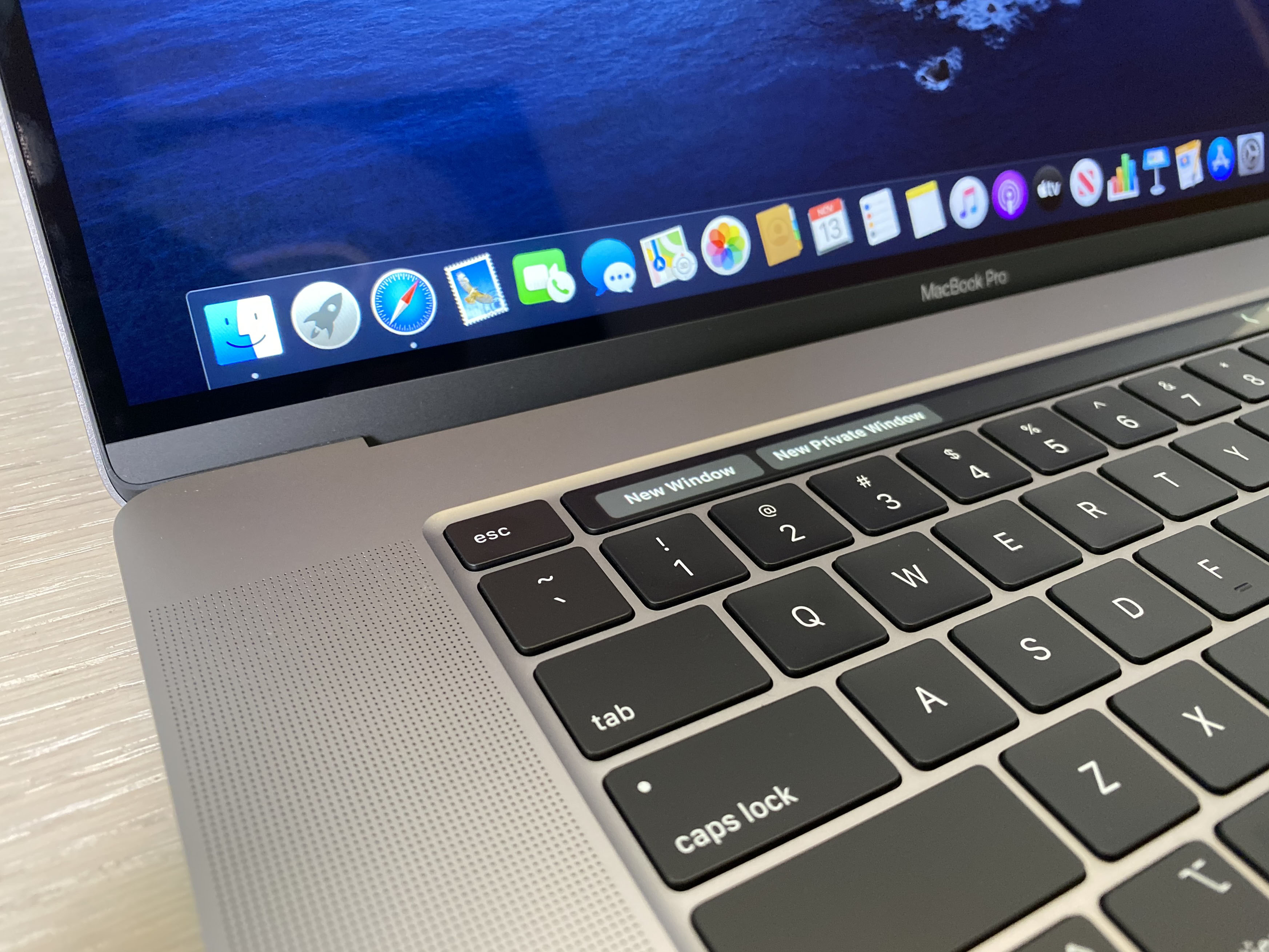
Oh, I almost forgot, they fixed the keyboard too! Though I have to admit, I did not think it would (or should) require the 20% of the presentation to cover all the changes to the key mechanism just to tell us it was the same keyboard that ships with the iMacPro.

Filmtools
Filmmakers go-to destination for pre-production, production & post production equipment!
Shop Now